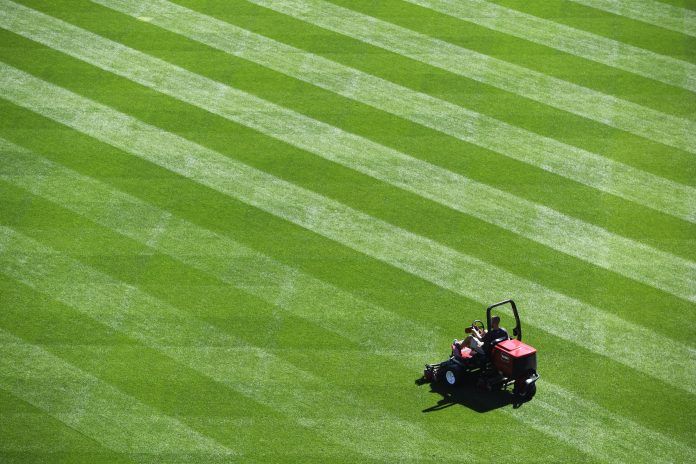Kentucky bluegrass, a staple in American landscapes, is cherished for its lush texture, vibrant color, and overall resilience. This cool-season grass, native to Europe and parts of Asia but named for its dominance in the American state, is a top choice for homeowners aiming to cultivate a dense, attractive lawn. This post will explore the characteristics, advantages, and maintenance guidelines of Kentucky bluegrass to help you determine if it’s the ideal selection for your yard.
Table of Contents
What is Kentucky Bluegrass?
Kentucky bluegrass from Nature’s Seed is renowned for its rich green hue and fine, soft blades. It forms a dense, carpet-like turf, making it a favorite for both residential lawns and public spaces such as parks and sports fields. It thrives in cooler climates but has a surprising adaptability that allows it to prosper in varying conditions, thanks to its extensive root system.
Benefits of Kentucky Bluegrass
Aesthetic Appeal: Kentucky bluegrass is known for its beautiful deep green color and fine texture, which contribute to a classic lawn appearance.
Durability: It can withstand a lot of activity, making it ideal for families and sports fields. Its ability to recover from damage and fill in gaps quickly helps keep lawns looking lush.
Cold Tolerance: As a cool-season grass, Kentucky bluegrass excels in northern climates, remaining vibrant and green through cooler temperatures.
Disease Resistance: Many modern varieties of Kentucky bluegrass are bred to be resistant to common lawn diseases, which helps reduce the need for chemical treatments.
Adaptability: It can adjust to a range of soil types, though it prefers well-drained, fertile soil. It also has good shade tolerance, though it thrives best in full sun.
Maintaining Kentucky Bluegrass
Kentucky bluegrass is relatively low-maintenance, but proper care can significantly enhance its health and appearance. Here are some maintenance tips:
- Watering: This grass type requires regular watering to maintain its lush appearance, especially in the hotter months. Aim for about 1 to 1.5 inches of water per week, ensuring that the soil is moistened deeply.
- Mowing: Keep Kentucky bluegrass trimmed to a height of about 2.5 to 3 inches. To prevent stress on the grass, avoid cutting more than one-third of the blade length at a time.
- Fertilizing: Apply a nitrogen-rich fertilizer in the spring and fall to promote growth and aid recovery from the summer heat.
- Aeration: Aerating at least once a year helps relieve soil compaction, allowing roots to breathe and absorb nutrients more efficiently.
- Overseeding: If your lawn shows signs of thinning, overseeding with Kentucky bluegrass seed can help it regain its dense, robust character.
Is Kentucky Bluegrass Right for Your Lawn?
Kentucky bluegrass is an excellent choice for anyone seeking a traditional lawn with a timeless appeal. It’s best suited for areas with cool to moderate temperatures and can handle transitional zones with proper care. Before deciding on Kentucky bluegrass, consider your local climate, soil health, and how much time you can dedicate to lawn maintenance.
In summary, Kentucky bluegrass offers more than just a beautiful green landscape; it provides a resilient, adaptable turf option that can handle various environmental stresses while maintaining its allure. Whether you are crafting a new lawn or renovating an existing one, Kentucky bluegrass could be the perfect foundation for a vibrant outdoor space.
















